Understanding Gradients in LightWave
Gradients in LightWave go beyond simply fading one color into another. While gradients can be used to alter all aspects of a surface’s shading, they can also be used to control an object’s displacement, particle effects, FiberFX and more.
In this course, D.W. Burman unlocks the power of LightWave’s gradient systems by demonstrating all of the various gradient types found in LightWave and by showing example scenes that use gradients. This course starts at a fairly basic level, but is geared toward people who have some experience using LightWave.
The focus of this course is on demonstrating features and how my test scenes are set up. These are not primarily project-based tutorials. There are step-by-step instructions in some of the videos, but that is not the primary form of teaching in this title.
Note: Changes in LightWave’s render engine in LightWave 2018 and above have made some of the specific examples and demonstrations obsolete. That said, the overall principles and most of the UI conventions still hold true.
Course Video List
Introduction
- 00 – Gradients Intro – [04:58] (see video above)
- 01 – What Is A Gradient? – [04:55]
- 02 – The Gradient Layer UI – [10:41]
Chapter 01 – Gradient Layer Input Parameters
- 03 – Surface Editor Gradient Layer Part 1 – [14:27]
- 04 – Surface Editor Gradient Layer Part 2 – [18:11]
- 05 – Stress Map Shader – [06:10]
- 06 – Textured Environment and Making a Procedural Sky – [16:57]
- 07 – HyperVoxels Part 1 – [10:13]
- 08 – HyperVoxels Part 2 – [08:14]
- 09 – Pixie Dust – [07:54]
- 10 – FiberFX Part 1 – [09:03]
- 11 – FiberFX Part 2 – [03:05]
- 12 – Texture Filter – [03:26]
Chapter 02 – Adaptive Pixel Subdivision
- 13 – APS_Angle to Camera Z Axis – [06:36]
- 14 – APS_Face Angle – [03:35]
- 15 – APS_Incidence Angle – [01:58]
- 16 – APS_Polygon Size – [04:13]
- 17 – APS_Projected Size – [03:31]
- 18 – APS_Weight Map – [03:42]
Chapter 03 – Gradients in the Node Editor
- 19 – Gradients in the Node Editor – [18:29]
Chapter 04 – Practical Uses of Gradients (Example Projects)
- 20 – Faking High Dynamic Range Imagery – Boosting LDR to HDR – [06:11]
- 21 – Simple Photoshop-Style Gradients in LightWave – [07:08]
- 22 – Gradient Based On The Position of a Null – [07:11]
- 23 – Using Gradients to Control Object Displacements – [08:30]
- 24 – Toon Head Scene Breakdown – [13:56]
- 25 – Making Wavy Soft Cell-shade Line – [12:39]
- 26 – Using a Weight Gradient to Control a Morph Part 1 – [02:38]
- 27 – Using a Weight Gradient to Control a Morph Part 2 – [11:42]
- 28 – Using a Weight Gradient to Control a Morph Part 3 – [04:51]
- 29 – Using Gradients to Remap a Vector Input – [09:36]
- 30 – Gradients And Particle Emitters – [02:12]
- 31 – Wind And Pixie Dust Particles – [10:04]
Understanding Gradients in LightWave
Instant Download
In this course, D.W. Burman unlocks the power of LightWave's gradient systems by demonstrating all of the various gradient types found in LightWave and by showing example scenes that use gradients. This course starts at a fairly basic level, but is geared toward people who have some experience using LightWave.
4hr 17min of video training.
Click for more details.
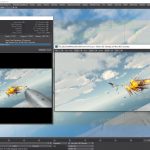
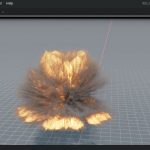


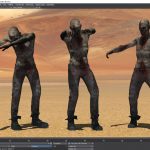
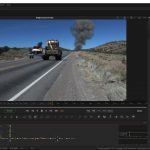
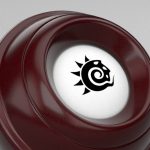
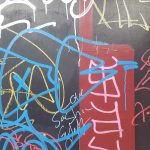
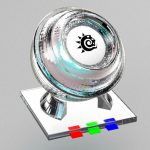
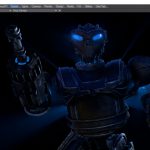
![Understanding Gradients in LightWave [dwb]](https://www.liberty3d.com/wp-content/plugins/wp-cart-for-digital-products/lib/timthumb.php?src=https://www.liberty3d.com/wp-content/uploads/2012/02/GradientsProductShotSM.jpg&h=125&w=125&zc=1&q=100)